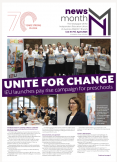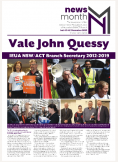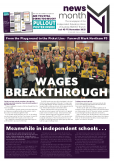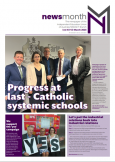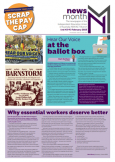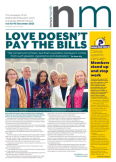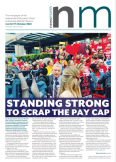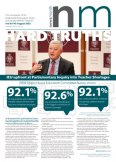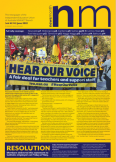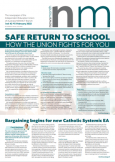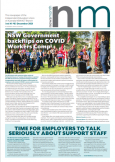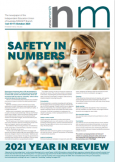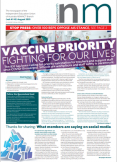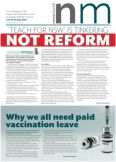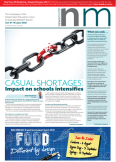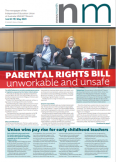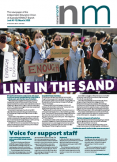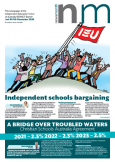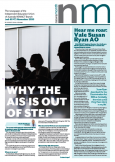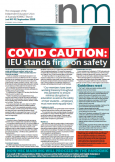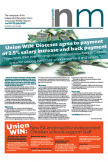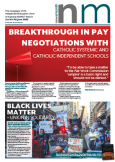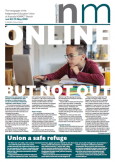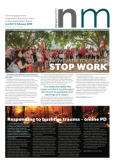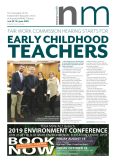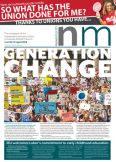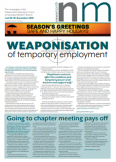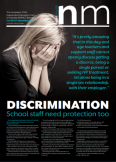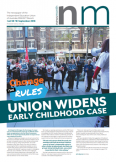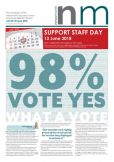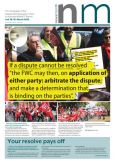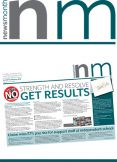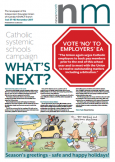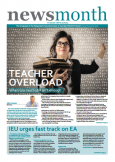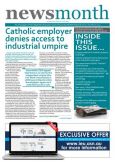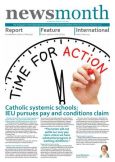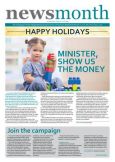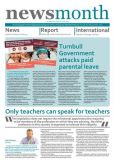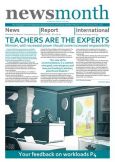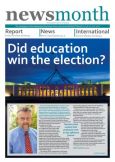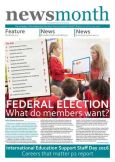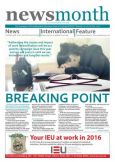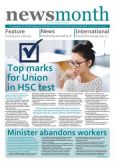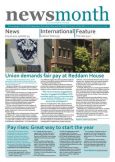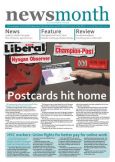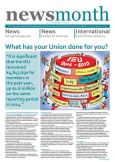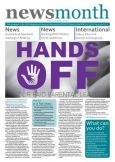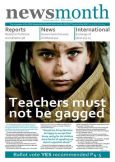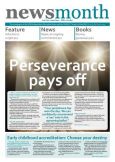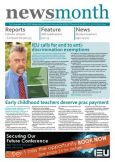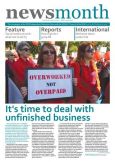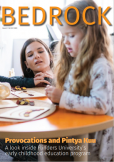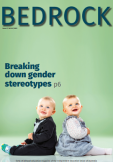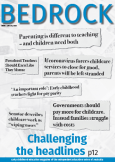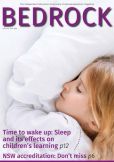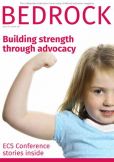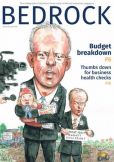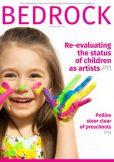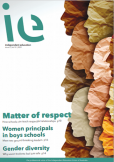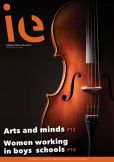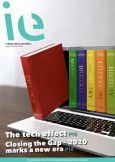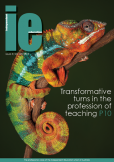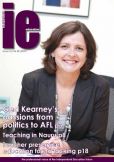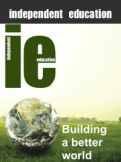
“A model that was always going to need to evolve and be tweaked,not kicked around as a political football"
Unfortunately the school funding debate has dissolved into the sad and unhelpful imbroglio of half truths that plagued us for three or four decades before we (almost) all settled on a new ‘model’.
Let’s be clear at the outset of the IEUA’s bias in any contribution. The IEUA wants a funding model that ensures certainty, after all our members want job security. The model needs to ensure that there is capacity to meet the learning needs of all students, so that our members can do their work with all the necessary resources to allow every child to achieve their potential. The model needs to ensure that there is appropriate indexation, so that our members’ jobs have good wages and conditions. It’s that simple and that complex.
It was for these reasons the IEUA supported the principles of the Gonski funding review recommendations. The review proposed a needs based model, significant increases in funding rolled out over time to meet the clearly identified but unequivocally under funded needs of many students and indexation rates that reflected the historic cost increases in education.
The recent ‘debate’ has dissolved into odd notions of ‘over funded schools’ and falling performance at a time of significant increases in school education expenditure.
So let’s deal with these three themes and then look at the solution, which is a solution to build on the principles and direction of the current model, a model that was always going to need to evolve and be tweaked, not kicked around as a political football.
Not even half true
The latest contribution to the distraction in school funding is the notion of over funding and some very careless language. The suggestion in the media is that some independent schools (usually called ‘private’ presumably for the emotive effect) are funded by government at almost three times the Student Resource Standard (SRS). Given that the SRS is around $10,000 the suggestion is that some independent schools could be getting $20,000-$30,000 from the government. But this of course is nonsensical and not even a ‘half truth’.
Here’s how it works. First, the new model calculates an SRS (the cost of delivering school education in the ‘average’ school – with loadings for particular needs applied later). Schools’ socio-economic educational capacity is calculated (ICSEA) and the independent school’s ‘capacity to contribute’ is calculated. This is how much each school community is expected to co-contribute to the funding for the school.
Of course school systems, including government schools and most Catholic schools, received a ‘bucket’ for their jurisdiction based on weighted averages that they then redistribute using their own needs based model. It is only independent schools that are directly funded according to the SRS and consequently these are the schools currently ‘targeted’ about over funding. And on the same basis the entire ACT Government school education system is said to be ‘over funded’ at 114% of SRS.
Some schools under the previous model were inevitably funded at a higher level than the new model would have provided. But most, and by most I mean the overwhelming majority, were and are funded below their SRS.
More are under funded
So, how can a school receive 277% of its SRS? First, the answer is in the word ‘its’. A school with a high capacity to pay (per the ICSEA index referred to above) would qualify for funding of 20% of SRS. Using an SRS of $10,000 (close to current levels), such a school would be entitled under the model to $2000 SRS funding from government. If this school had been funded at $3000 under the previous model, and given no dollar less, this school would be deemed under current rhetoric to be ‘over funded’ by $1000 or as some commentators even more misleadingly have stated, 150% of SRS.
There are 23 independent schools funded at 150% or more SRS (or 50% plus above the funding that their capacity to contribute would otherwise determine). That’s out of 1090 independent schools, and almost all of these schools are in NSW. This is hardly a reason to abandon the entire model, and by way of comparison 131 of Queensland’s 144 independent schools (or independent authorities made up of more than one school) are funded at or below their SRS level, the rest by and large are marginally above their SRS level [Senate Estimates 2015 Education and Employment Committee].
As for significant ‘real’ increases in funding over the last decade of the order of 24%, let’s break that down.
Student numbers increased by 9% so the ‘real’ increase in costs was 14%. Wage growth, about 1% higher than inflation accounts for about 4% (and hardly a ‘blow out’ in wages) and then there was a significant investment by government in the Building the Education Revolution, approximately another 4%. There is also no evidence of the significant class size reduction in this period that is often alleged to have occurred during this time supposedly inflating costs.
No immediate results
As for the question of (relatively small as it turns out) increased costs/expenditure, where are the returns? The new funding model, designed to tackle demonstrated and currently unmet learning needs is in its third year and the big dollars are yet to flow. Further, education research tells us that it can take three to five years to change teaching/learning practice and up to seven years to turn a school around. So, are immediate results and changes a reasonable expectation? Hardly!
So, yes, it is still about the money minister
The school funding review chaired by David Gonski identified significant under-funding of student learning needs across a number of areas. The review identified, as does national and international data, that we have significant unmet needs and learning adjustment requirements for students with disabilities, Aboriginal and Torres Strait Islander students and students in rural and remote locations. These needs remain under funded (and whatever one’s view about the speed of transition for the ‘over funded’ schools, those dollars are insignificant compared to the needs of these students, and on their own will not go anywhere near meeting these students rightful entitlements. Our members deserve and demand appropriate resources so that they can help each child reach his or her potential.
Buried by red tape
We also know that schools are being required to do too much and continually being tied up in ‘administrivia’. The latest Federal Government’s proposal to impose more regulation, ‘accountability’, testing and reporting will not improve student learning. Indeed, the recent Productivity Commission report noted that the top down approach does not work. It is time to give the profession back to the profession.
Finally, governments must acknowledge and adequately fund early years learning. It remains unconscionable that qualified teachers in early childhood (preschool) education are paid $20,000-$30,000 less than their equivalently qualified colleagues teaching in schools. Report after report recognises the critical importance of learning in these early years and year after year, governments fail to act.
Yes minister, it is about the money. Until you recognise that and commit to funding the needs identified in the school funding review, our members: teachers, principals, professional officers and support staff, are unable to deliver what should rightfully be the entitlement of every child in every school in this country.
Chris Watt is Federal Secretary of the IEUA. He has worked as an organiser and research officer for the NSW/ACT Branch. He’s a former secondary school teacher, having taught in Sydney and Tamworth. While teaching he was a member of NSW/ACT Union Executive and Vice President (non systemic schools).



